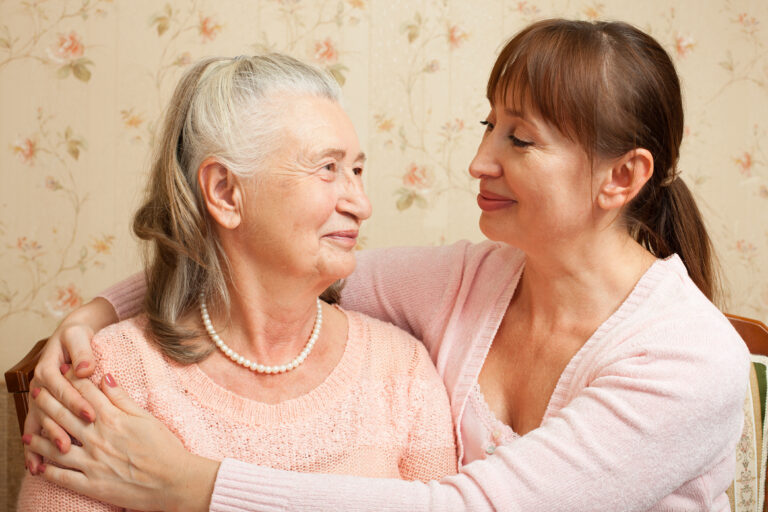Alzheimer’s disease is a neurodegenerative disorder that affects a person’s memory, thinking, and behavior. As the disease progresses, individuals with Alzheimer’s may struggle with activities of daily living, such as using the bathroom. This can lead to the need for adult diapers, also known as incontinence products. Helping a person with Alzheimer’s change their adult diapers can be a challenging and sensitive task, but it is also an essential part of caring for someone with this disease. In this article, we will discuss how you can help a person with Alzheimer’s change their adult diapers in a simple and easy to understand way.
1. Understand the person’s needs and preferences
Before helping someone with Alzheimer’s change their adult diapers, it is crucial to understand their specific needs and preferences. Each person with Alzheimer’s is unique and may have different levels of cognitive and physical abilities. Some may still be able to communicate their needs, while others may struggle to express themselves. It is essential to take the time to observe and understand the person’s abilities and limitations to provide them with the best care possible.
2. Create a comfortable and private environment
Privacy is crucial when it comes to changing adult diapers for someone with Alzheimer’s. As their cognitive function declines, they may become more self-conscious, making it necessary to provide them with a private space to change their diapers comfortably. Ensure that the room is well-lit, warm, and free from distractions. You can also play soothing music or engage in a quiet conversation to help the person relax during the diaper change.
3. Gather all necessary supplies
Before starting the diaper-changing process, it is essential to gather all the necessary supplies in one place. This will help save time and minimize distractions. Some essential items you will need include adult diapers, wet wipes, disposable gloves, a plastic bag for disposing of used diapers, and a clean towel or cloth to wipe up any mess.
4. Explain the process to the person
It is essential to communicate with the person and explain what you are about to do before starting the diaper change. Even if they struggle to understand, your tone and body language can convey your message. Keep your explanations simple, using short sentences and visual aids if necessary. Always ask for their consent before proceeding with the diaper change.
5. Be patient and calm
Changing adult diapers can be an uncomfortable and embarrassing experience for both the person with Alzheimer’s and the caregiver. It is crucial to remain calm and patient throughout the process. People with Alzheimer’s may become agitated or aggressive due to their frustration, confusion, and loss of control. In such situations, it is best to take a break and try again later.
6. Involve the person in the process
As much as possible, involve the person in the diaper-changing process. This will not only help them maintain a sense of control but also provide them with a sense of independence. Encourage them to assist you by holding onto something or use their hands to help pull up their pants after the diaper change.
7. Use a step-by-step approach
When changing adult diapers for someone with Alzheimer’s, it is best to follow a step-by-step approach to ensure that everything goes smoothly. Start by gently removing their pants or skirt, then unfasten the dirty diaper’s tabs and roll it up. Use wet wipes to clean the genital area, making sure to wipe from front to back for women and in a circular motion for men. After cleaning, remove the dirty diaper and replace it with a clean one, making sure it is snug but not too tight.
8. Provide reassurance and praise
The process of changing adult diapers can be distressing for a person with Alzheimer’s, so it is essential to provide them with reassurance and praise throughout the process. Use reassuring words such as “you’re doing great” or “it’s almost done” to let them know that everything is okay. Praise them for their cooperation and thank them for their patience.
9. Clean up and dispose of used diapers properly
After the diaper change, make sure to clean up any mess and dispose of used diapers and wipes properly. You can use a plastic bag to contain the dirty diapers and then dispose of them in a designated trash bin. Wash your hands thoroughly with soap and water to prevent the spread of germs.
10. Seek professional help when needed
As the disease progresses, caring for someone with Alzheimer’s may become more challenging, and you may need professional help. Do not hesitate to seek assistance from a healthcare professional or a caregiver support group if you feel overwhelmed or need guidance on how to handle certain situations.
In conclusion, helping a person with Alzheimer’s change their adult diapers requires patience, understanding, and compassion. It may be a challenging and uncomfortable task, but with the right approach and techniques, it can be done with dignity and respect for the person you are caring for. Remember to always involve them in the process, provide reassurance and praise, and seek help when needed. With these tips in mind, you can help a person with Alzheimer’s change their adult diapers in a simple and easy-to-understand way.





